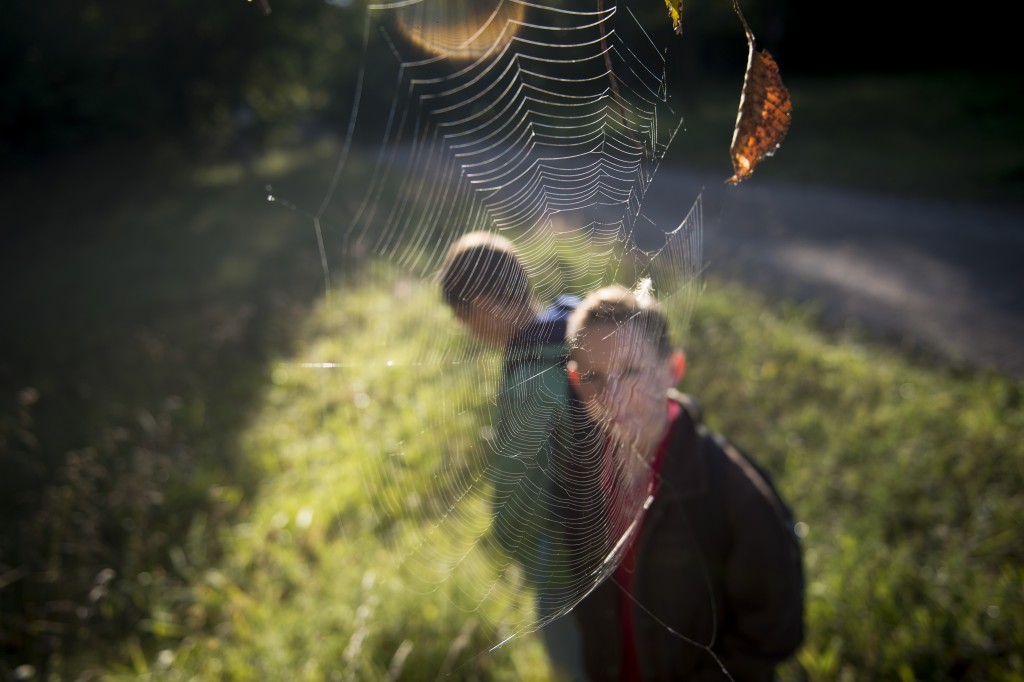News
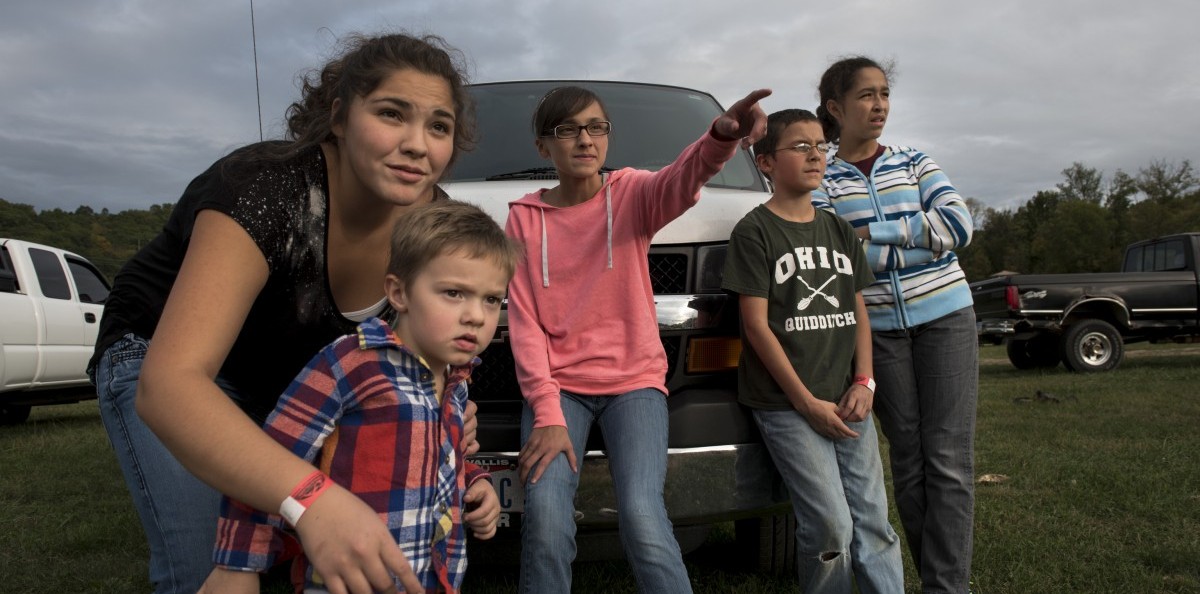
Common Ties: Keeping Family Together
< < Back to
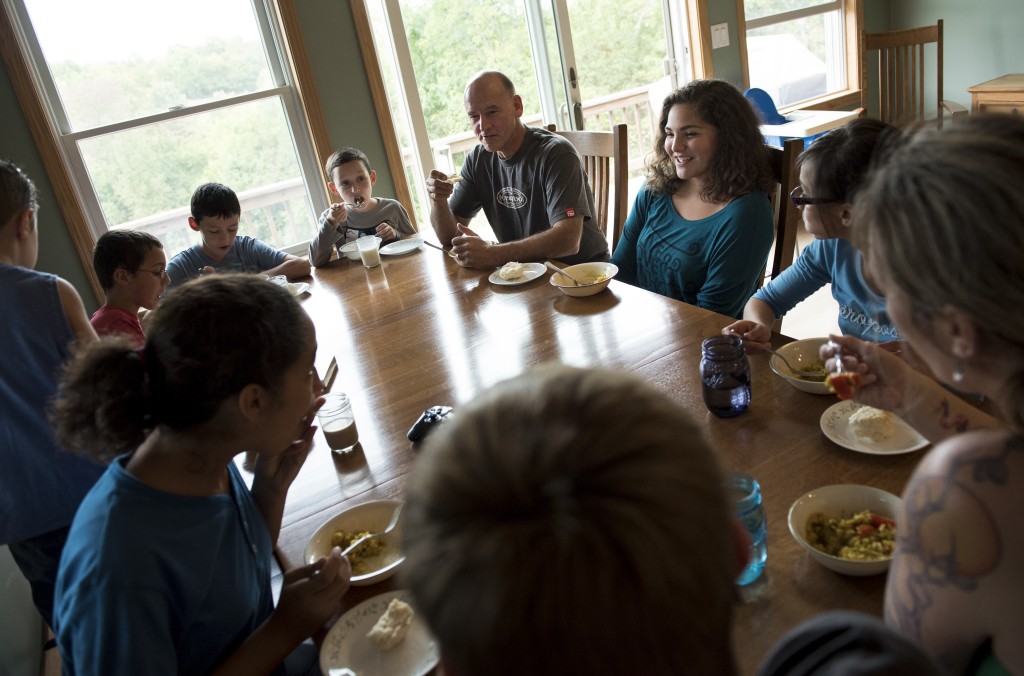
Written and photographed by: Emily Harger
DJ and Lyle Fuller never imagined they would have a family of eight children, seven of whom are adopted.
“We thought we’d adopt one kid,” said DJ, who found out she couldn’t carry another biological child after her first son, Gabe.
The Fuller’s vision of their family changed after they learned about an issue throughout the U.S. adoption system – related siblings being separated in placement. According to the Adoption and Foster Care Analysis and Reporting System 2014 report, 415,129 children are living without permanent families in the United States foster care system and approximately two-thirds of those children also have a sibling in care. Only one-third of adopted children are placed with a relative.
“The longer we were in the system the more we heard about kids getting separated – kids that have lived together all of a sudden they’re not living together,” said DJ. “They want the baby but they don’t want the 17-year-old and I just think it’s wrong.”
So the Fuller’s changed the age range of children they wanted to adopt, from 2-3-years old to 0-16 years old, and became more willing to adopt multiple children at once. “To look in the mirror and say I couldn’t take them when I could. It was just a matter of making space in my heart and making space in my home,” said DJ.
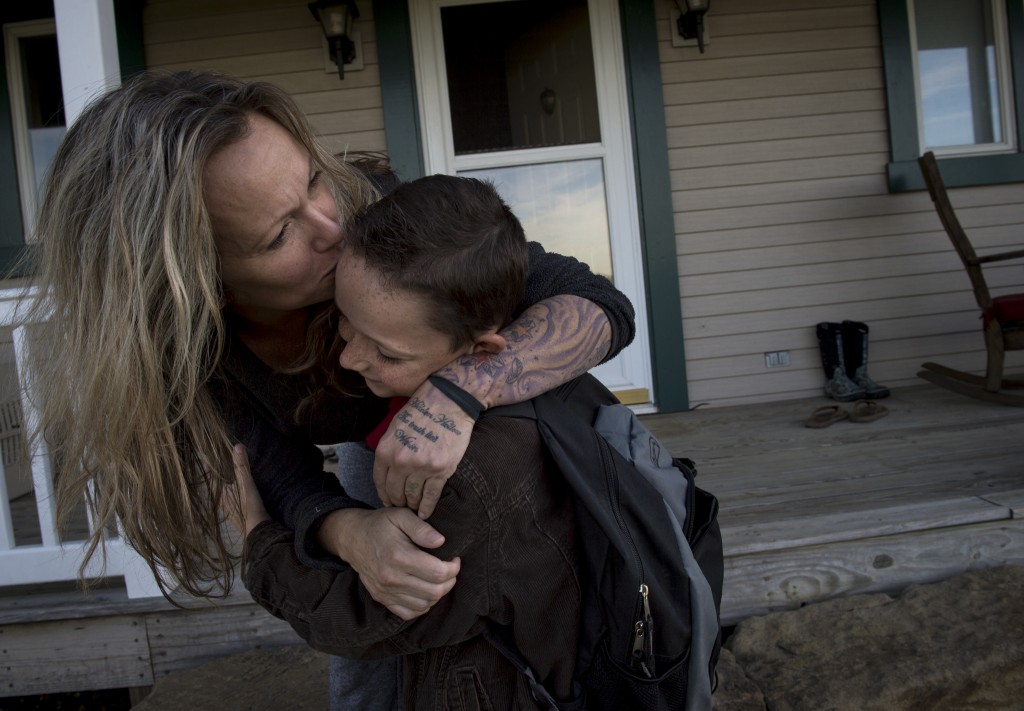
Generations of Separation
Adoption and separation aren’t alien concepts in DJ’s life. She was adopted by her stepfather and raised with two brothers. She was also separated from her biological father and didn’t know she had two other brothers and two other sisters. The lack of connection with her biological siblings sent her on a search for her biological sister from the time she was age 18 to age 45.
“For me, there’s an ache in me,” DJ said. “I want to know, are they okay? Are they like me?”
Separation from siblings hits close to home for Lyle as well because of his parent’s divorce when he was three-years-old. He wouldn’t see his father or brother again until the age of 23.
“Having your siblings there as you’re growing, you don’t have that wondering where they’re at. What are they doing? Are they being treated right? . . . All those weird questions that would go through a child’s head,” said Lyle.
Growing up with the pain of being separated from siblings DJ and Lyle knew they wanted to make a home for as many children as they could.
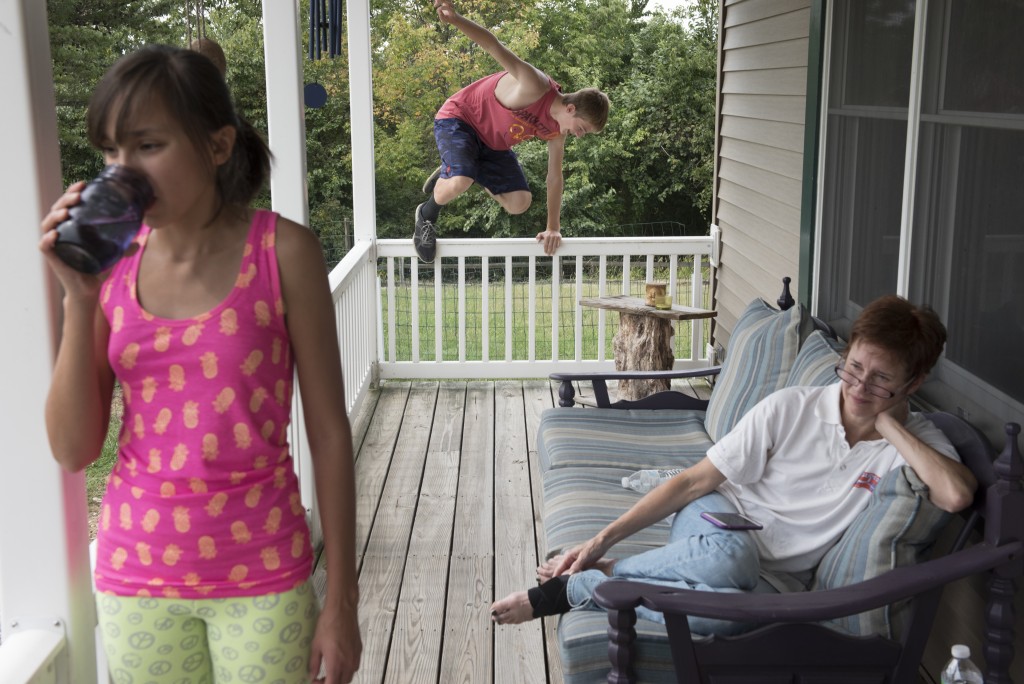
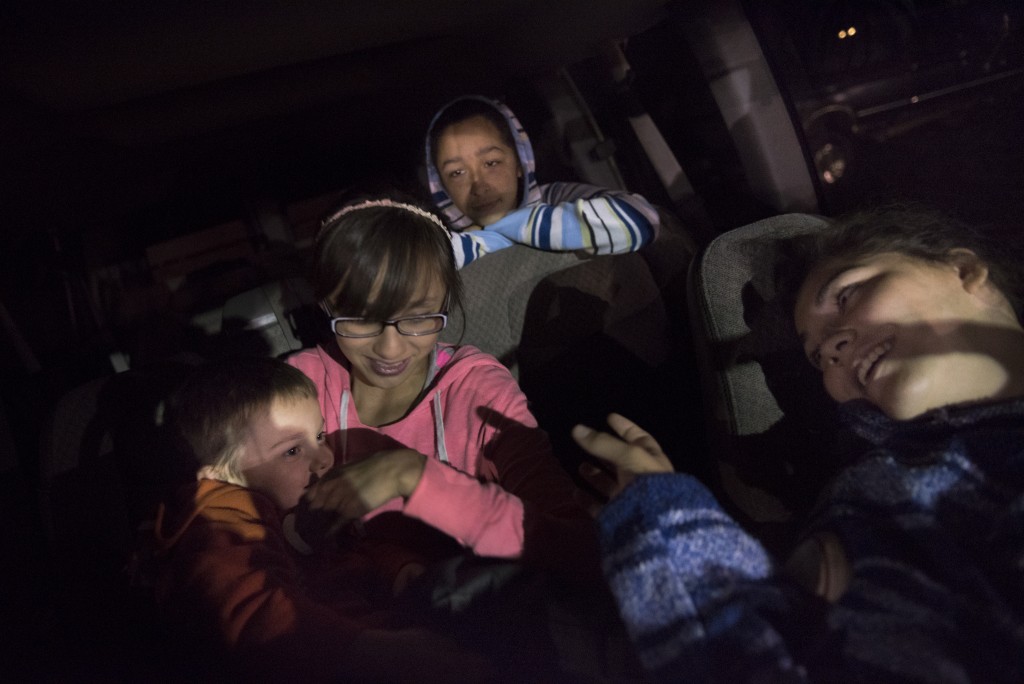
Growing the Family
When the Fuller’s received a call from a caseworker telling them Jordan Wilbur, a friend of the family, was asking to be placed with them it would be the start of a journey that would change the Fuller’s lives.
Jordan, who would soon change her name to Mya, spent a lot of time with the Fullers.
“All of a sudden the right thing to do came up . . . Can I look myself in the mirror? Mya’s been to six homes already in and out of foster care,” said DJ.
Mya called DJ and Lyle “auntie and uncle”.
“When I would get taken to a foster home, all I was really thinking is I just want to go home,” said Mya. “When I finally did go home . . . a little while later I would just get taken back – the repeating process of being happy and then getting disappointed again.”
Less than two days after they started fostering Mya the phone rang again, this time caseworkers were asking DJ and Lyle to take in Mya’s half-sibling, Liam. At 2-years-old, Liam had been in and out of nine foster homes. Six to eight months after Liam joined their home, they started the process to adopt him.
Soon after, DJ and Lyle received yet another phone call about three siblings in the foster care system who would be separated from each other unless they could find a family to take all three of them. Right away, DJ and Lyle agreed to meet the children, having only read their stories via email.
Sean, 5; Olivia, 8; and Nina, 11, at the time had been up for adoption for three years but hadn’t because of their social difficulties. During their time in foster care, Nina and Sean expressed a lot of anger. Sean didn’t have many social skills and would often get in fights. Nina was a member of the Nasano Hispanic gang in Oregon before entering the system.
“She was considered to be unadoptable because she was pretty locked into her belief systems,” said DJ.
But despite the difficulties, DJ and Lyle didn’t hesitate to take them in.
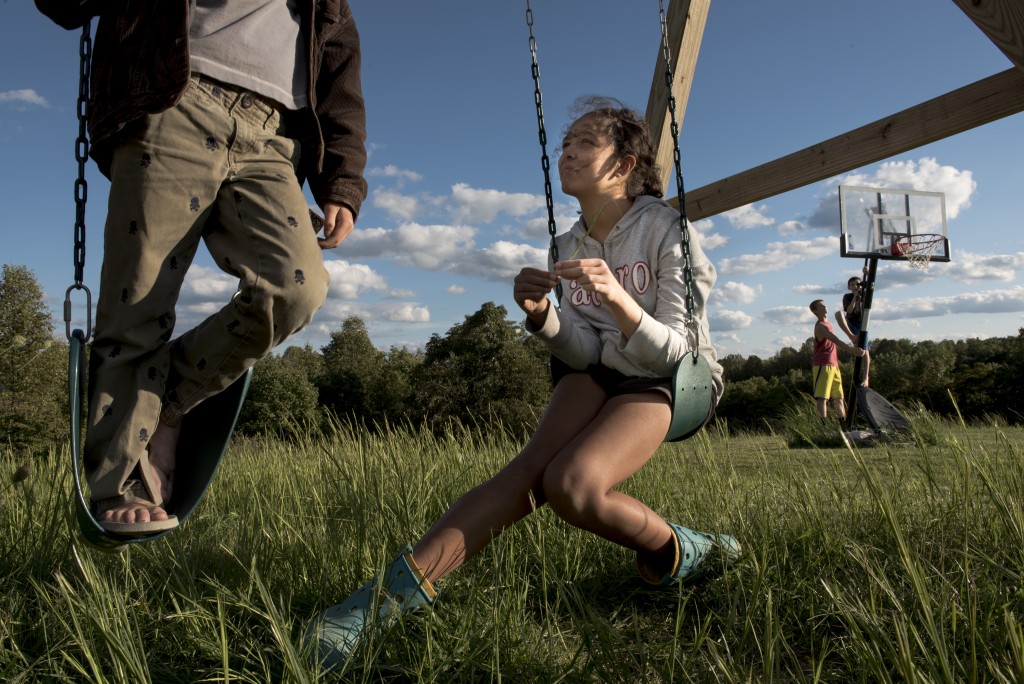
“When I met them, it was a big change for me,” Nina said, who is now 18-years-old and living with DJ and Lyle. “I wasn’t around good people growing up.”
“My whole life I was either around people who were like family but were mean or on drugs and stuff, or around my foster parents who just wanted me there for the money.”
DJ and Lyle were Nina’s first experience having caring and patient guardians.
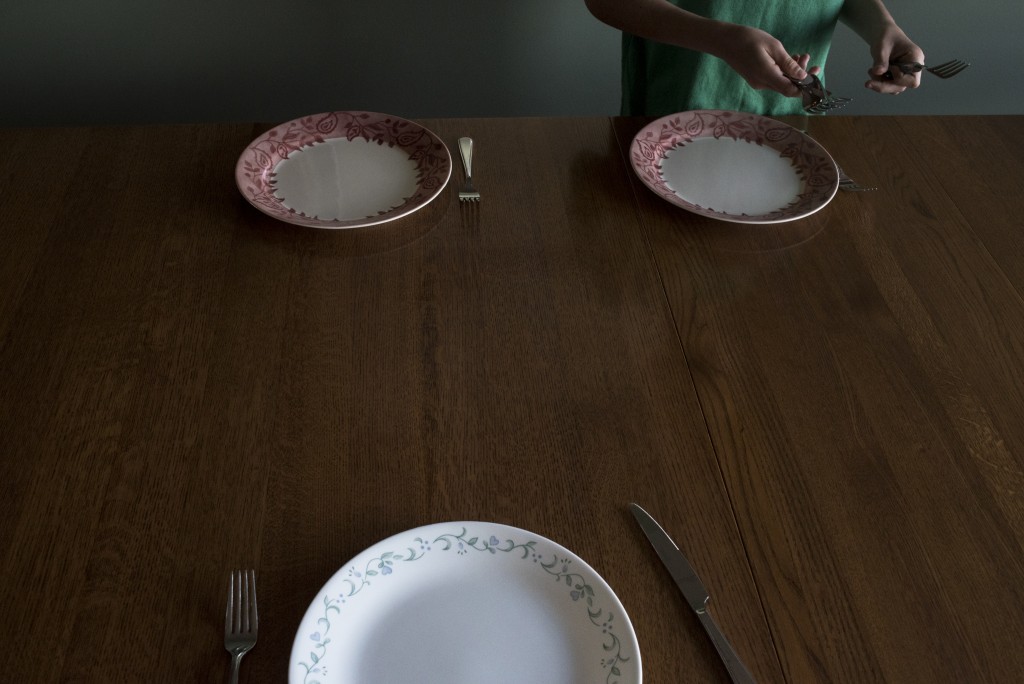
The Fullers only had a few weeks to adjust to their new life with five children before the phone rang again, another caseworker was calling, asking DJ and Lyle to take in Mya and Liam’s cousin, Keaton. The caseworker told the Fullers he was on the verge of being placed in a permanent facility until the age of 18 if he couldn’t be adopted out.
“If nobody else would take me I knew that this mom and dad would,” said Keaton. “They knew I hurt people and I lied but they knew that they could stop me from doing that stuff.”
Mya and Liam had both fostered with Keaton’s parents in the past, which gave DJ and Lyle a strong reason to take him in. “Had they been raised at any point in their life together and spent time together we wouldn’t have even hesitated,” said Lyle.
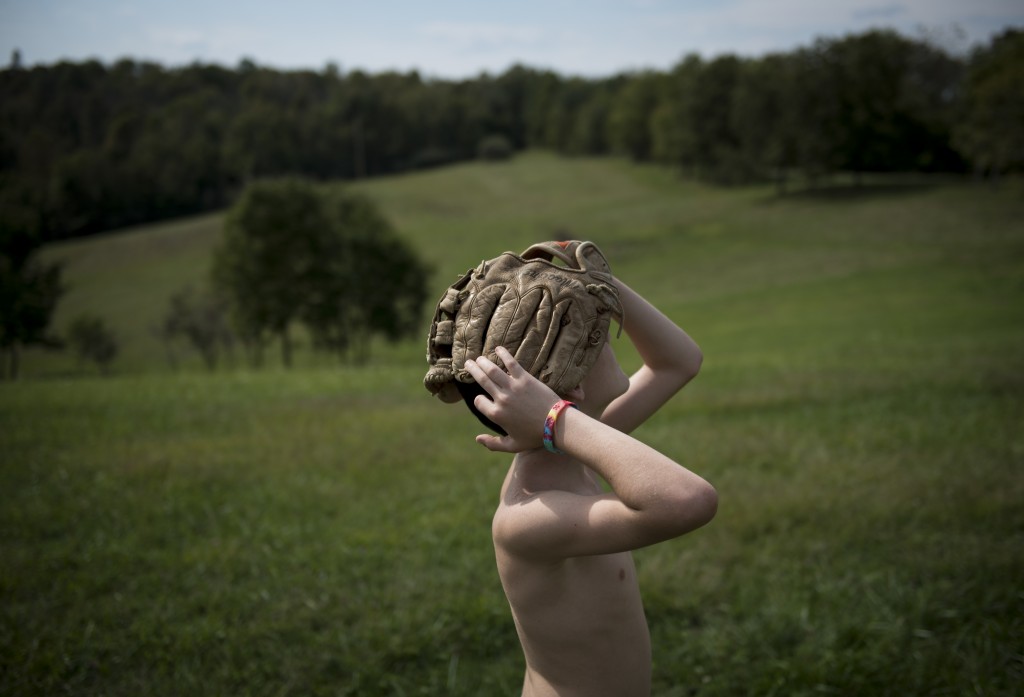
Three days before Keaton’s adoption was finalized the Fullers received a phone call from a caseworker about Nina, Olivia, and Sean’s half-sibling named Levi who was up for adoption. The family drove an hour and a half to pick up the newborn Levi. DJ was anxiously holding blankets and clothes the whole drive there.
Levi, who was born to a mother addicted to heroin, methamphetamine, alcohol, and marijuana, needed constant care and attention. Every two hours, DJ and Lyle had to get Levi to shift and open his eyes to stimulate his brain so that he wouldn’t stop breathing.
“I was so in love with him from the minute they set him in my hands,” said DJ.
But, until the adoption was final, there was a chance Levi could have gone back to his biological father.
“It was the hardest thing ever to take a baby and know you might not get to keep him,” said DJ.
Levi was only 9-days-old when he entered the lives of the Fuller family – but his presence unified the family in a powerful way.
“Levi doesn’t know life without us,” said DJ. “We were all these different people that came together to make a family and we were a family to a point. But we had parts of our lives missing together…when Levi came in, it was the one thing that everybody had in common.”
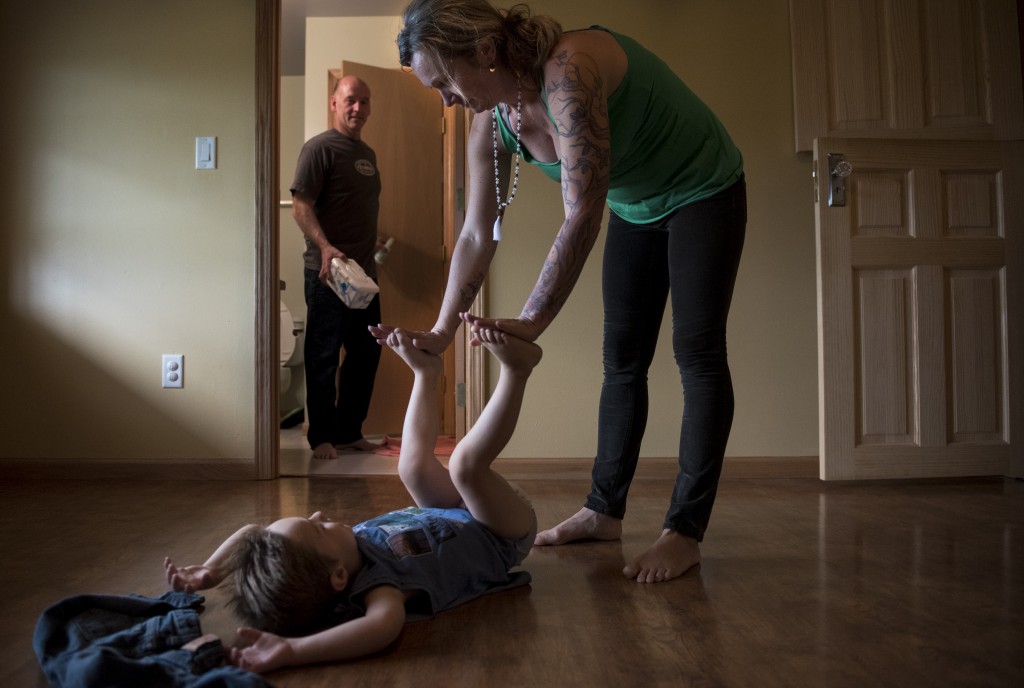
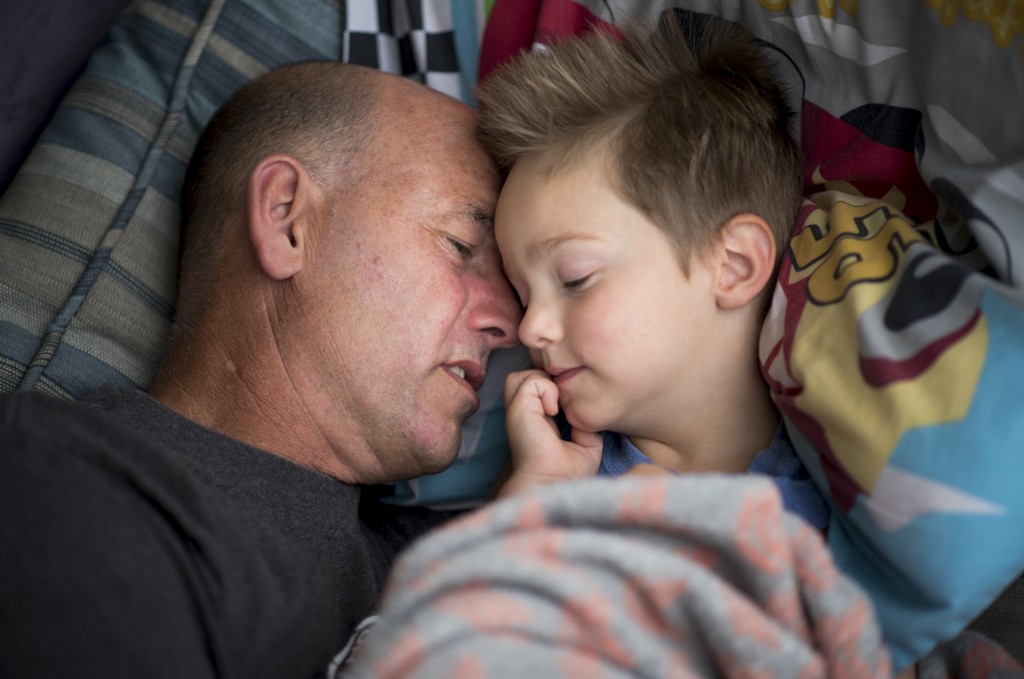
Making It Work
Three years ago, the Fullers moved from Oregon to Ohio. The move plus adjusting to the new dynamic of a family of eight children and two parents is not easy. The Fullers were joining three separate families under one roof with children from harsh backgrounds, it was especially hard for Nina to integrate herself into the family.
“She didn’t want to share space with anybody,” DJ said. “I think she was afraid to care about anybody. She had been separated from her siblings for 3 years.”
Despite their certainty when adopting children, DJ still finds herself dealing with everyday challenges.
“There’s days where I think I made mistakes,” she said. “Maybe I took too many kids or maybe I’m not the right person for the job…could we give them more if we didn’t have so many?”
Adopting children requires a lengthy time and monetary commitment. However, with government assistance and a shift in lifestyle, DJ and Lyle have been able to make it work. Government assistance from the state of Oregon, the family’s previous home, provides financial stability for the Fullers to be able to care for all eight children. They receive assistance for every adopted child because each is considered “special needs” by the state of Oregon.
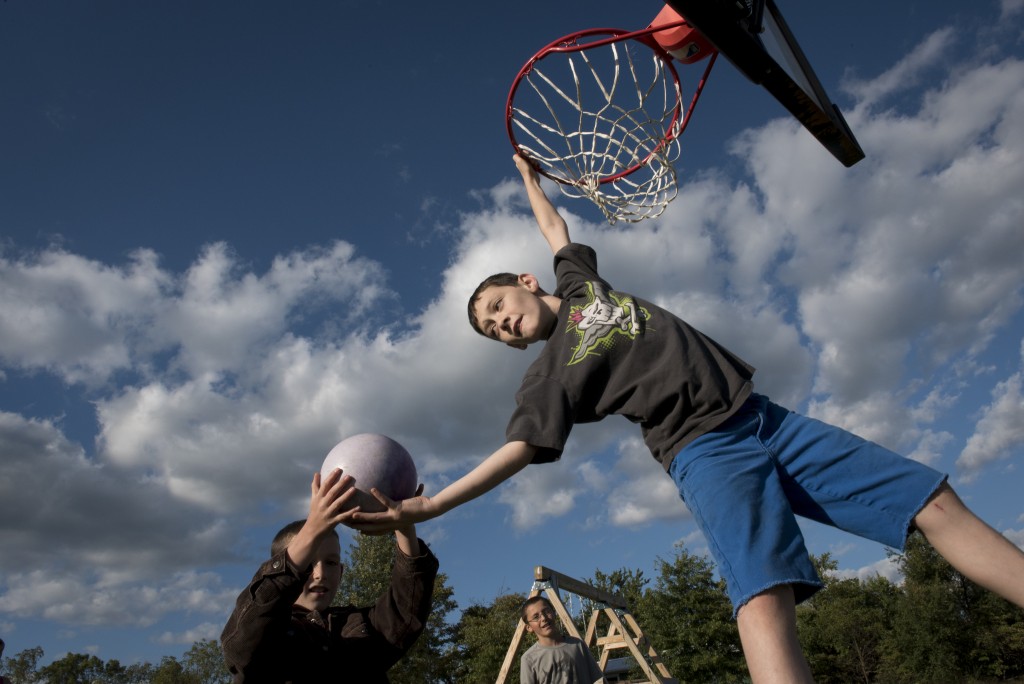
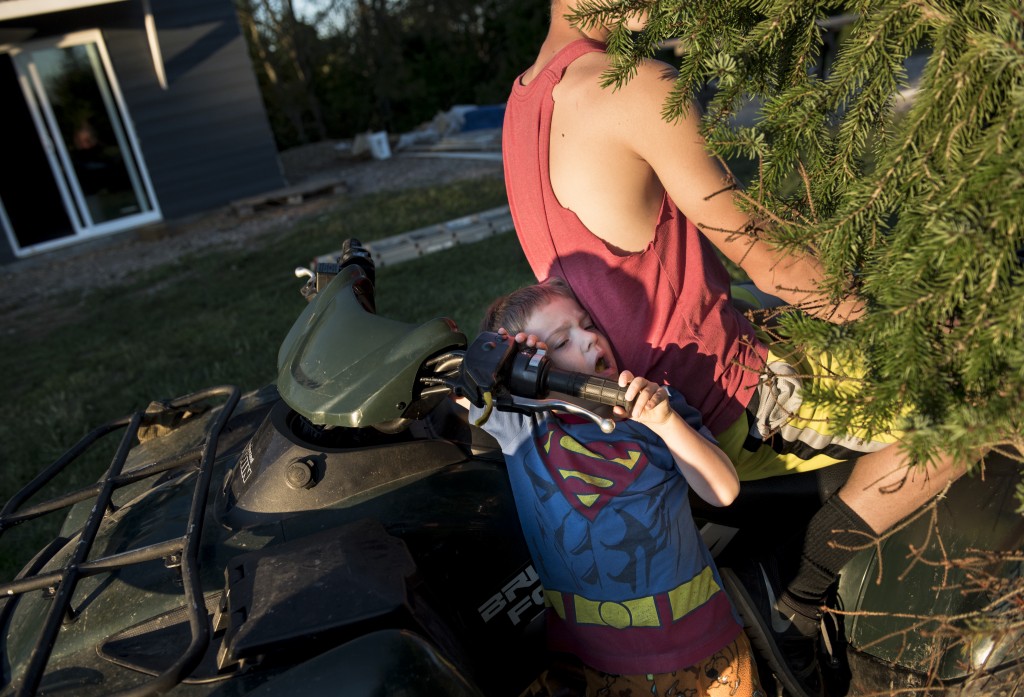
The Fullers made big career changes when moving from Oregon to Ohio to build a life that better suits their large family. DJ stays home with the children and is starting up her holistic arts business in her home. She is also taking yoga training courses in North Carolina.
“I haven’t worked a real job. I had to stay home,” said DJ. “[Parenting] is a job.”
Currently in the United States, the focus is on keeping siblings together while they are in foster care and adoption placement. According to the Child Welfare Information Gateway, sibling placement policies and visitation statutes had been established in over half of the states by 2005. The Fostering Connections to Success and Increasing Adoptions Act of 2008, the first federal law to address the importance of sibling placement, requires states to make a reasonable effort to keep siblings together in order to receive federal funding. However, there is still a dichotomy between what the law requires and what is practiced day-to-day. Keeping siblings together operates on a case-by-case basis in Athens County, according to Adoption and case coordination caseworker Kim Holbert of Athens County Children’s Services.
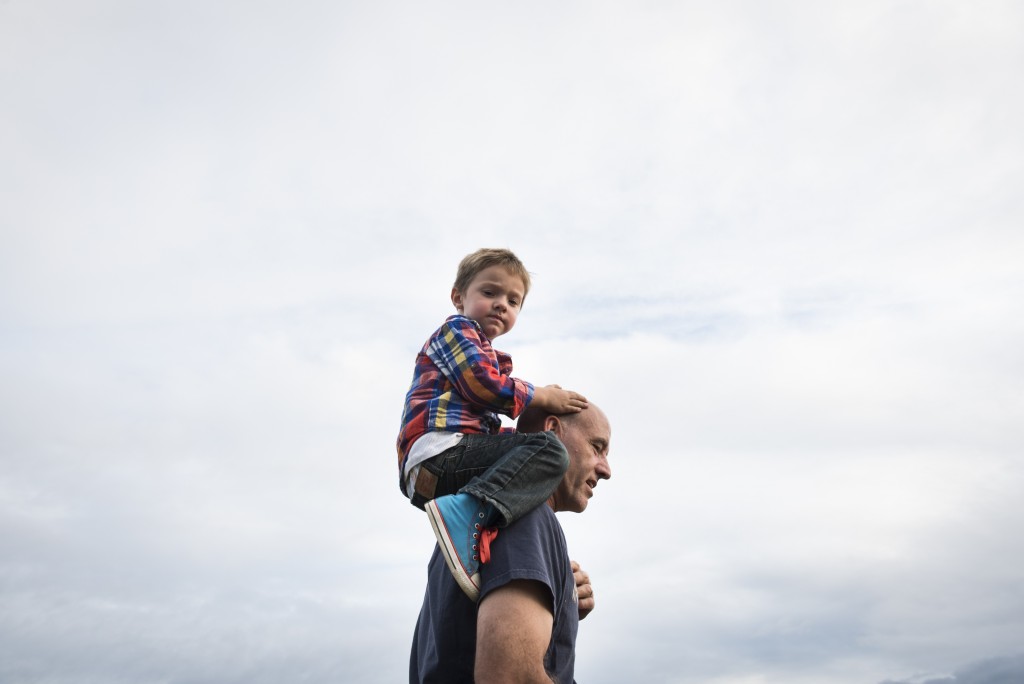
“Each case is so individual,” Holbert said. “Sometimes it depends on the type of abuse or neglect taken place. It can depend on foster homes that we have available…if there’s a sibling group of three, but they only have two beds available. There are a multiple of reasons why they can be separated.”
Holbert specifically works with sibling groups.
“I work on bringing them together for visits,” she said. “We do things that the kids are interested in doing…at least twice a month, 2-5 hours depends on what we’re doing.”
Sibling groups coming into the foster system at separate times also complicates the possibility of placing them together in a home that fits individual sibling’s needs.
The Fullers are an example of an adoptive family who are making each day work for the sake of their children’s health and well being.
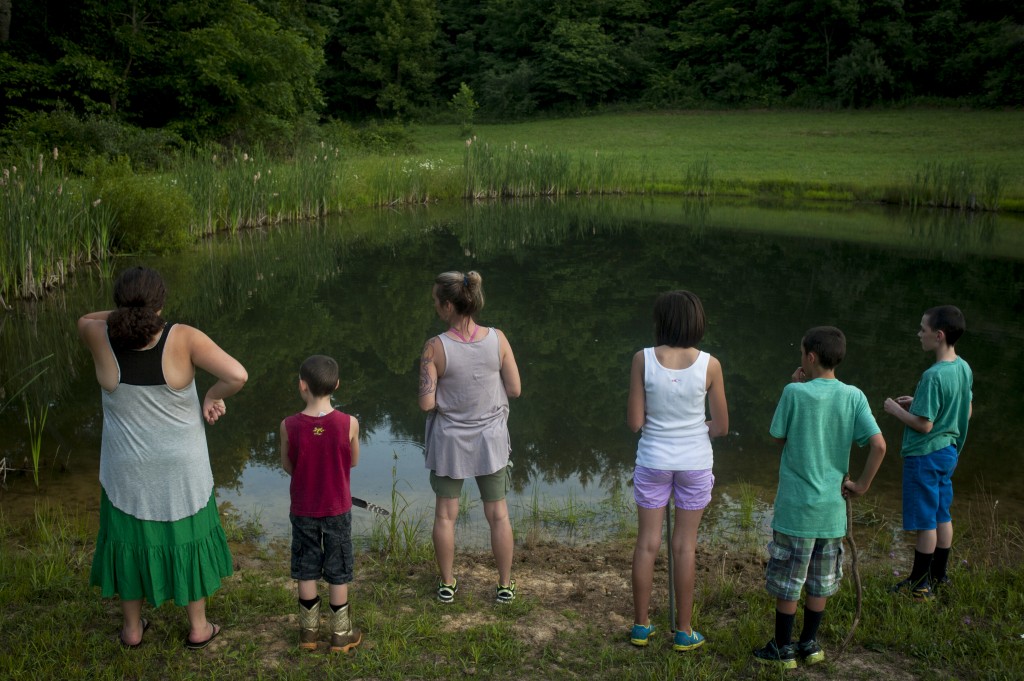
“I can’t change my kids,” said DJ. “I can’t take away their bad habits. I can’t make them love me.”
But DJ and Lyle both believe their children benefit from growing up alongside their maternal relatives and have grown positively because of it.
“Having your siblings with you, there’s no one else that knows what its like to be related to and come from the people you come from,” said DJ. “So, when you’re struggling and you’re trying to figure out whether or not you’re like those people that abandoned you or hurt you, you’re not alone.”
